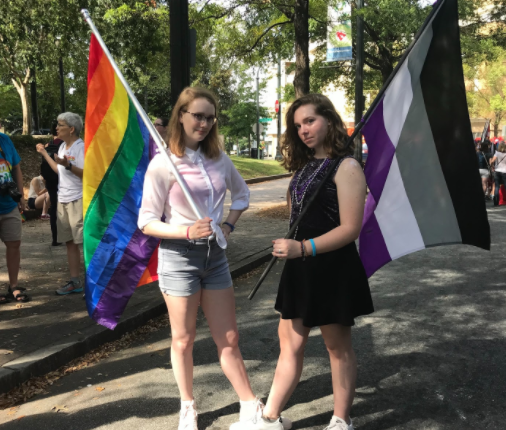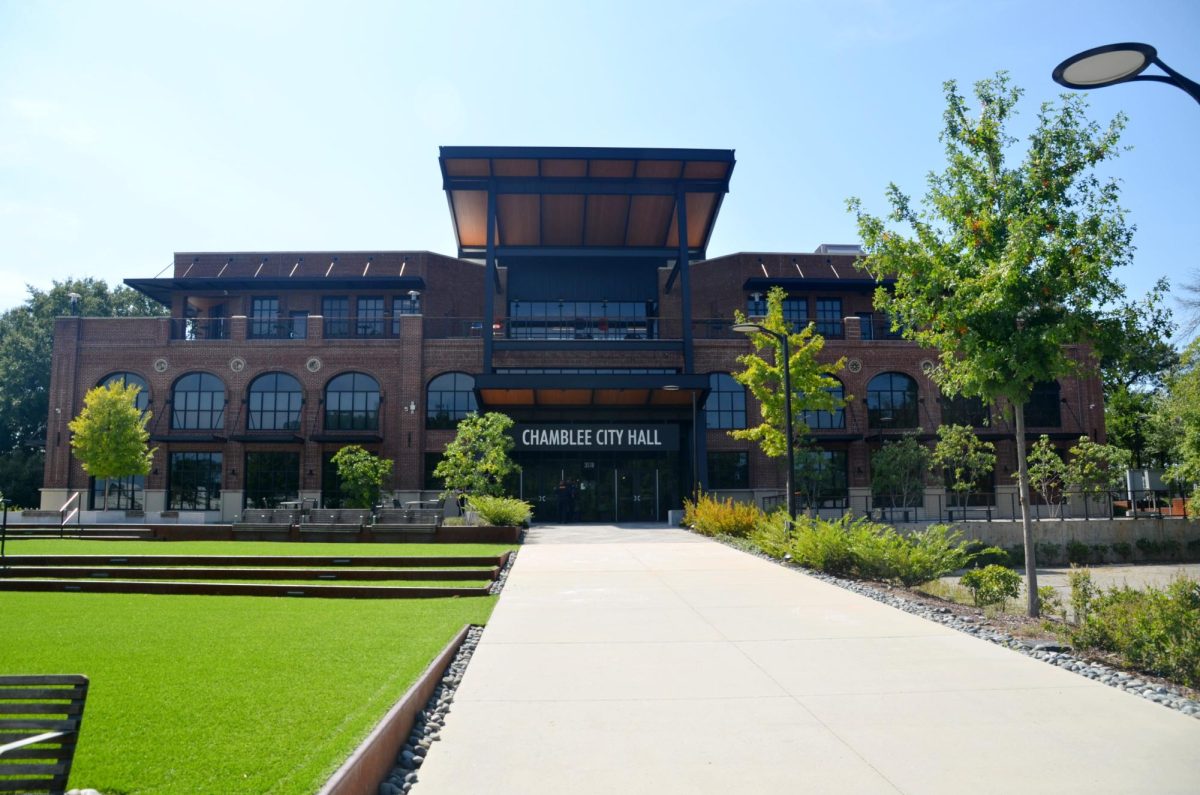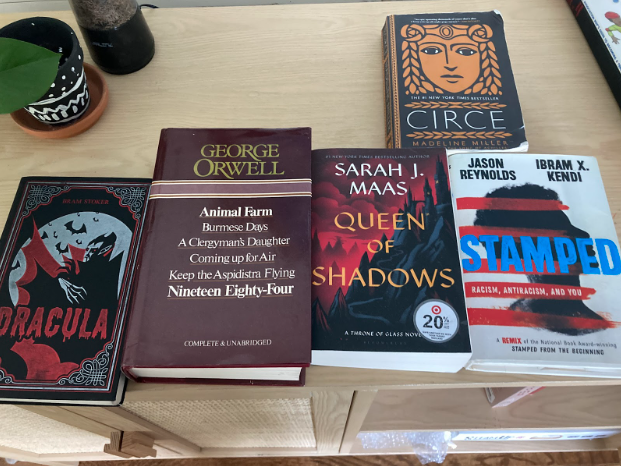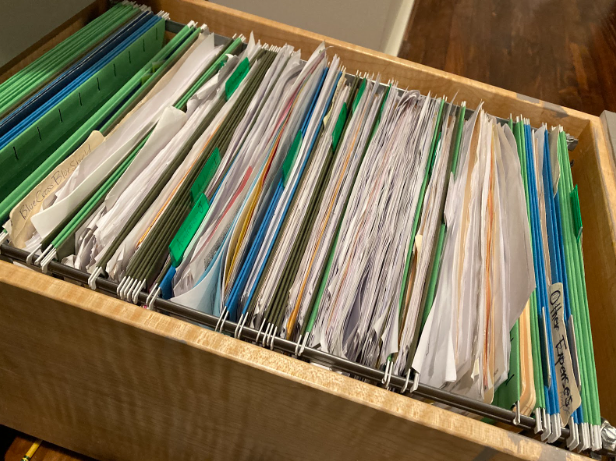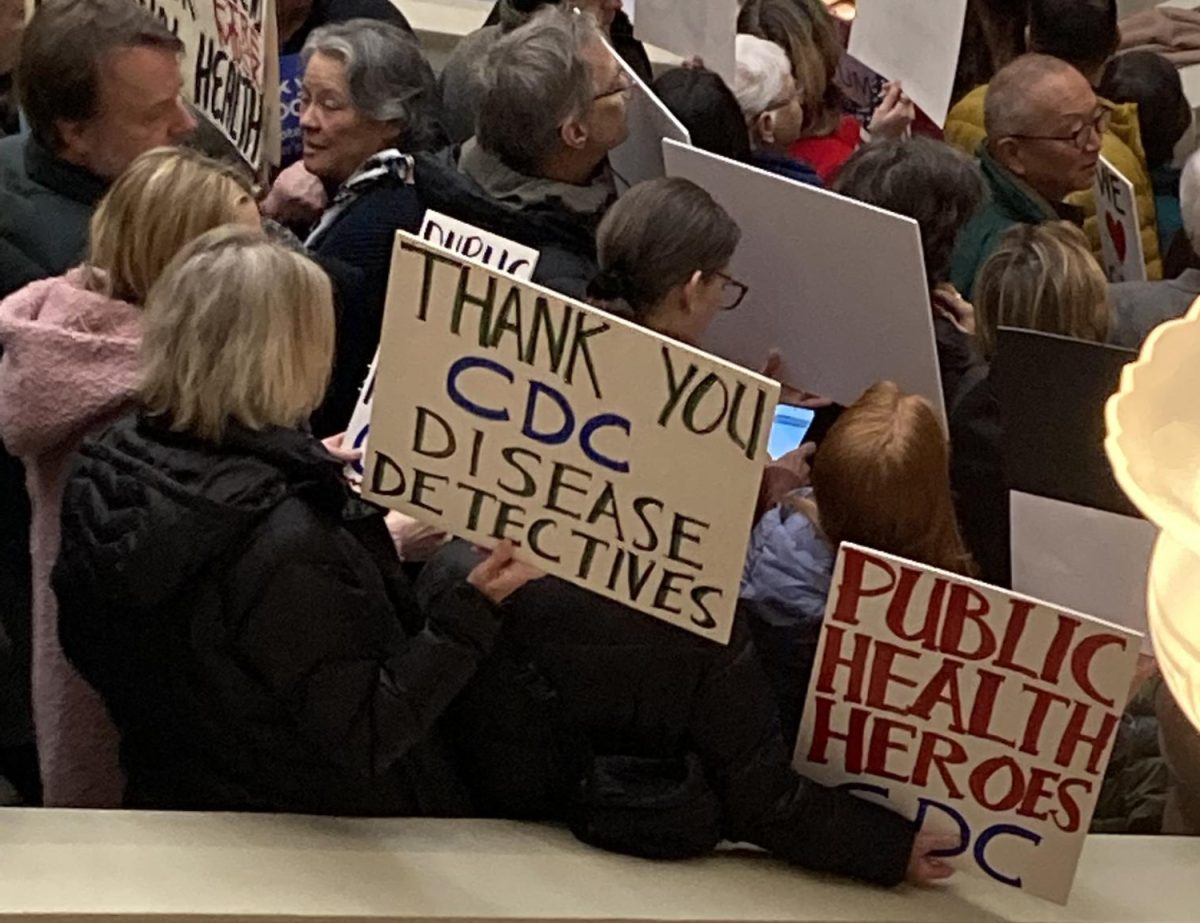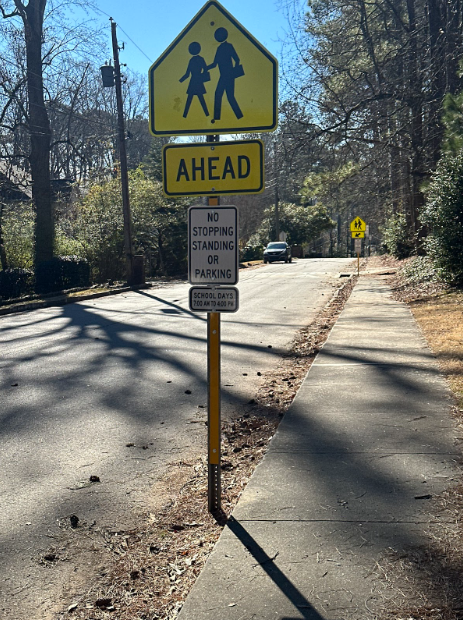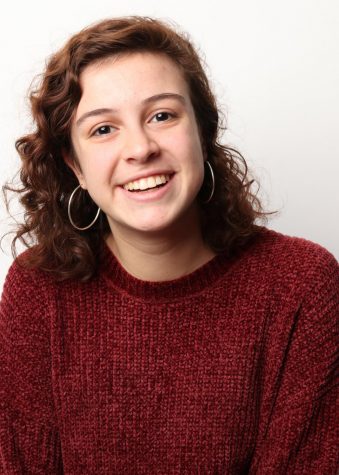For the average high school student, the word “pride” conjures thoughts on school spirit and homecoming week. But for the LGBT community of Chamblee Charter High School, pride is a call to arms to obliterate hate and promote acceptance in the community.
“Pride festivals are an opportunity for us to celebrate diversity in our community,” said Gay-Straight Alliance (GSA) sponsor Jessy Hamilton. “It’s an opportunity for people who are in minority sexual or gender groups to feel validated and supported by their community.”
Since its beginning in 1971, the annual Atlanta Pride parade and festival has grown larger annually. One of the oldest gay pride parades in the country, it gathers about 200,000 attendees each year. Although most cities’ pride festivals take place during pride month in June, Atlanta’s is the only in the nation to have its coincide with National Coming Out Day on October 11.
“Pride is really coming along. I think it just gets better every year,” said junior Kolya Souvorin, secretary of the GSA. “It’s just grown so much, even in the five years I’ve been going. It’s now this huge Atlanta institution, which I’m really proud of.”
For the past several years, Chamblee’s GSA has been given the opportunity to march with other metro-Atlanta GSAs in the parade through downtown Atlanta.
“I always have a good time just going, marching, and seeing everybody really happy,” said Cecilia Conway, president of GSA. “I just hope that they’ll keep having it. It’s a really important and fun event for everybody.”
A wide range of the population of Atlanta and beyond comes to the festival for the fun and the learning experiences.
“I think [Pride] is a good place for people to just come together who are from all different parts of the community. Whenever you go, you learn something new,” said Conway. “You’re around so many different people, with something you may not have known about, a new gender identity or a new sexuality. It’s a good place to have fun and learn.”
Supporters of Pride love the sense of community offered by the festival; many who don’t fit in at their work and school feel welcomed.
“I think it definitely gives teens a place to be themselves,” said Conway. “A lot of them can’t be themselves at school, and being in a place where there’s a bunch of other kids like them can make them feel really comfortable.”
The GSA student section of the parade was moved further to the back for this year’s parade.
“This year, we actually marched in a different spot. We marched near the end of the parade,” said Souvorin. “There weren’t as many people on the sidelines, but it was still pretty fun. We were in a nice vibrant section, which I really liked.”
The different spot led to a longer staggered delay before the club could begin marching. The parade started at noon, but the Gay-Straight Alliance didn’t start walking until around three o’clock.
“I thought it was really fun,” said Conway. “It was a lot longer than other years, because we got moved to the back of the parade, but I think it was still fun.”
The parade itself lasted the entirety of the afternoon.
“The parade was four hours,” said Hamilton. “It was a long event.”
The Gay-Straight Alliance spent almost eight hours in total at Pride. After the parade, they congregated in Piedmont Park to look around the festival.
“After the parade, we went into Piedmont Park and got some free stuff. A lot of businesses were there giving out free items,” said Souvorin. “Afterwards, we took MARTA home.”
The primary purpose of pride is to not only have a good time, but to also spread the message of acceptance to all races, genders, and sexualities.
“Our students are growing up in a time when they are more comfortable in their own skin,” said Hamilton. “And I think that’s a good thing.”

